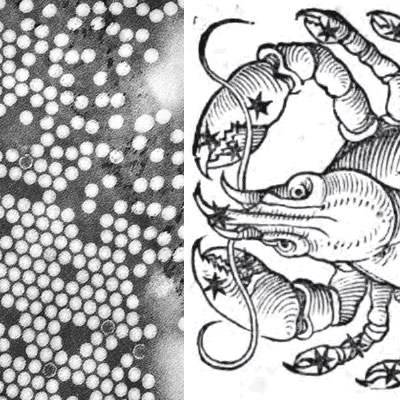
Researchers at Duke Cancer Institute have piloted a breakthrough cancer therapy using an unlikely ally: the polio virus.
After years of studying the virus famous for its destructive behavior, scientists have genetically modified polioviruses to help humans instead of hurt them. They have succeeded in creating a version of the virus that is able to attach to tumor cells. The virus destroys the tumor cells, causing a release of molecules that alert the immune system to the presence of the tumor. Once alerted, the immune system is able to identify and attack the remaining tumor cells. This therapy gave promising results in a trial of patients with recurrent glioblastoma, a deadly brain cancer. More research is being done on the activity of the immune system in patients treated with poliovirus.
https://commons.wikimedia.org/wiki/File:Cancer-bonatti.png
